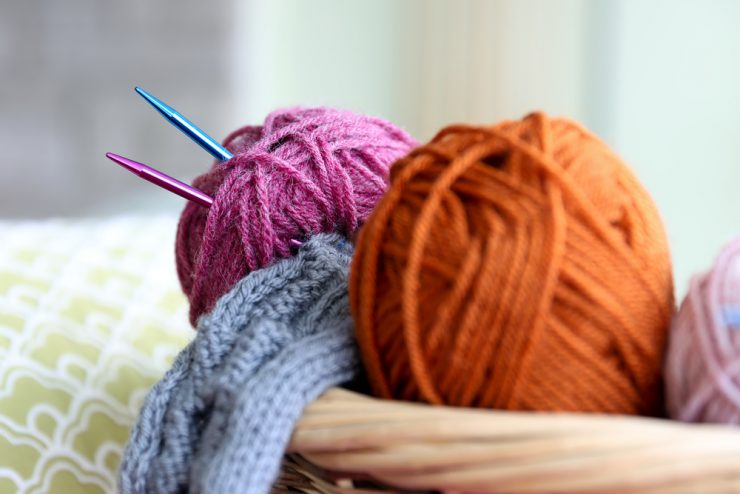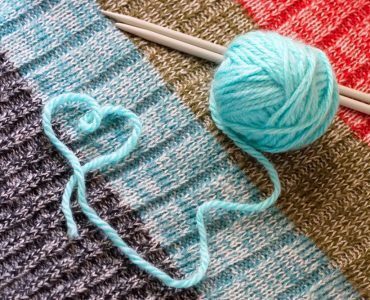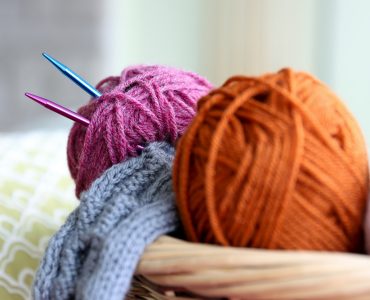Knitting is the process of weaving a thread into a piece of fabric by using two needles. The origins of knitting lie in the basic need for humans to clothe themselves to protect them against the elements. Presently, knitting has become more of a hobby than a necessary skill.
During the 1980s, the popularity of knitting appeared to have declined in the Western world. The sales of knitting patterns and yarns slumped, because it was seen as old-fashioned and children were not often taught to knit at home or at school.
Pursuant to this decline, the 21st century appeared to be one of the biggest revivals of the craft in history. Plant fibres, primarily cotton, and natural fibres from animals, like alpaca, merino and angora, have become less cost-prohibitive and easier to process and collect, therefore making those materials for knitting more available.
Celebrities, including Dakota Fanning, Russell Crowe and Julia Roberts have been seen in public knitting, which helped to popularise the craft. Furthermore, the new millennium also has seen men returning into the art of knitting.
As time pass, the way of knitting changes, and with the help of internet, knitters are able to connect, learn and share techniques with others all over the world. The first Internet knitting phenomena was the famous KnitList, while in 1998, KnitNet is the first online knitting magazine. Subsequently, blogging added fuel to the development of an international knitting community.
In January 2006, Stephanie Pearl-McPhee (“Yarn Harlot”), a knit-blogger, challenged the knitting world to join in the 2006 Knitting Olympics. By the first day of the Olympics, approximately 4,000 knitters were participating.













